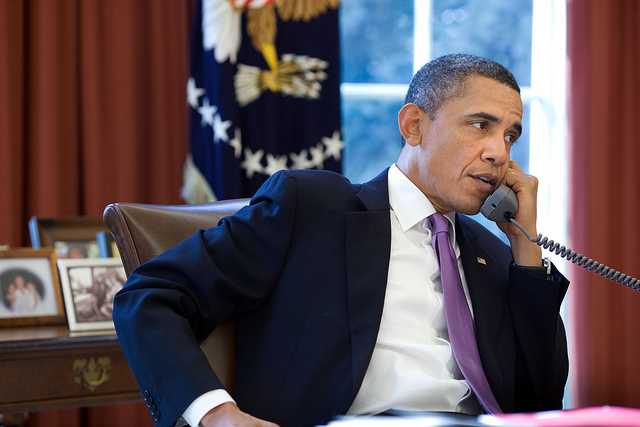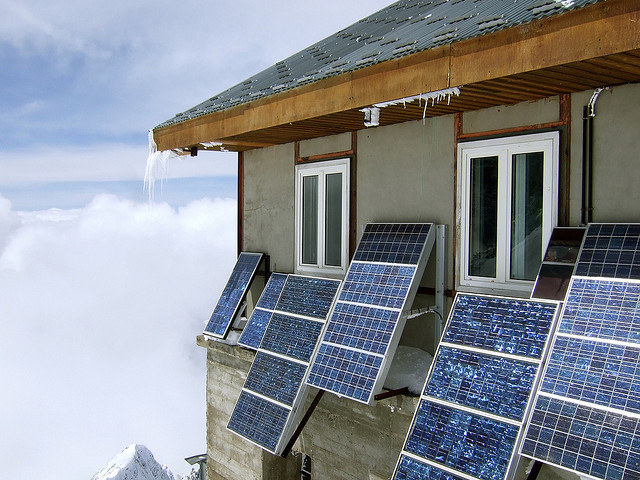 If solar panels work in the French Alps, the Northeast U.S. should be no problem at all.Photo: now picnicWe write quite a bit about solar power here at Grist’s Green State, and given that this is a California-focused column, that’s no surprise. Solar, to large degree, has been a West Coast thing — thanks to abundant sunshine, generous incentives, and a populace that leans green.
If solar panels work in the French Alps, the Northeast U.S. should be no problem at all.Photo: now picnicWe write quite a bit about solar power here at Grist’s Green State, and given that this is a California-focused column, that’s no surprise. Solar, to large degree, has been a West Coast thing — thanks to abundant sunshine, generous incentives, and a populace that leans green.
Now California’s biggest solar installers are heading east, making bids to persuade homeowners in the not-so-sunny Northeast and mid-Atlantic states to shovel the snow off their roofs and install photovoltaic panels.
On Monday, Silicon Valley’s SolarCity said it had acquired Clean Currents Solar, a Washington, D.C., solar installer, in a move to expand its operations to the nation’s capitol and Maryland.
SolarCity is California’s largest residential solar company by kilowatts installed. It also operates in Arizona, Colorado, Oregon, and Texas.
“This partnership should significantly increase solar and energy efficiency adoption in the mid-Atlantic region,” Lyndon Rive, SolarCity’s chief executive, said in a statement.
Meanwhile, SolarCity rival Sungevity last month raised $15 million from investors to launch its own East Coast expansion. Danny Kennedy, cofounder and president of the Oakland, Calif.-based startup, said Sungevity will target six Northeastern states. Likely candidates include Massachusetts, New Jersey, and Pennsylvania.
No coincidence that those states offer some of the more generous solar incentives or are contemplating doing so.
Those states are not the sunniest — then again, neither is Germany, the world’s solar superpower. But financial innovation is more likely to encourage New England to go solar than sunshine or even falling prices for photovoltaic panels.
SolarCity pioneered the solar lease that allows homeowners to avoid the five-figure capital cost of installing a photovoltaic array and instead pay a monthly fee that can be less than the cost of electricity generated.
Sungevity followed suit last year and has seen its business explode. Kennedy told me that about 95 percent of the company’s customers now opt for a solar lease.
Both SolarCity and Sungevity have hooked up with banks and utilities to create so-called tax equity funds to finance the leases. It’s a complicated arrangement, but essentially the partnerships retain ownership and operation of the rooftop arrays and get the associated federal tax credits and any state incentives.
So far, such deals have proven popular and investors have poured several hundred millions of dollars into solar leasing in the west. Whether investors get the same feeling when they look to the east may determine whether solar panels begin to sprout on the roofs of New England colonials and Brooklyn brownstones.




